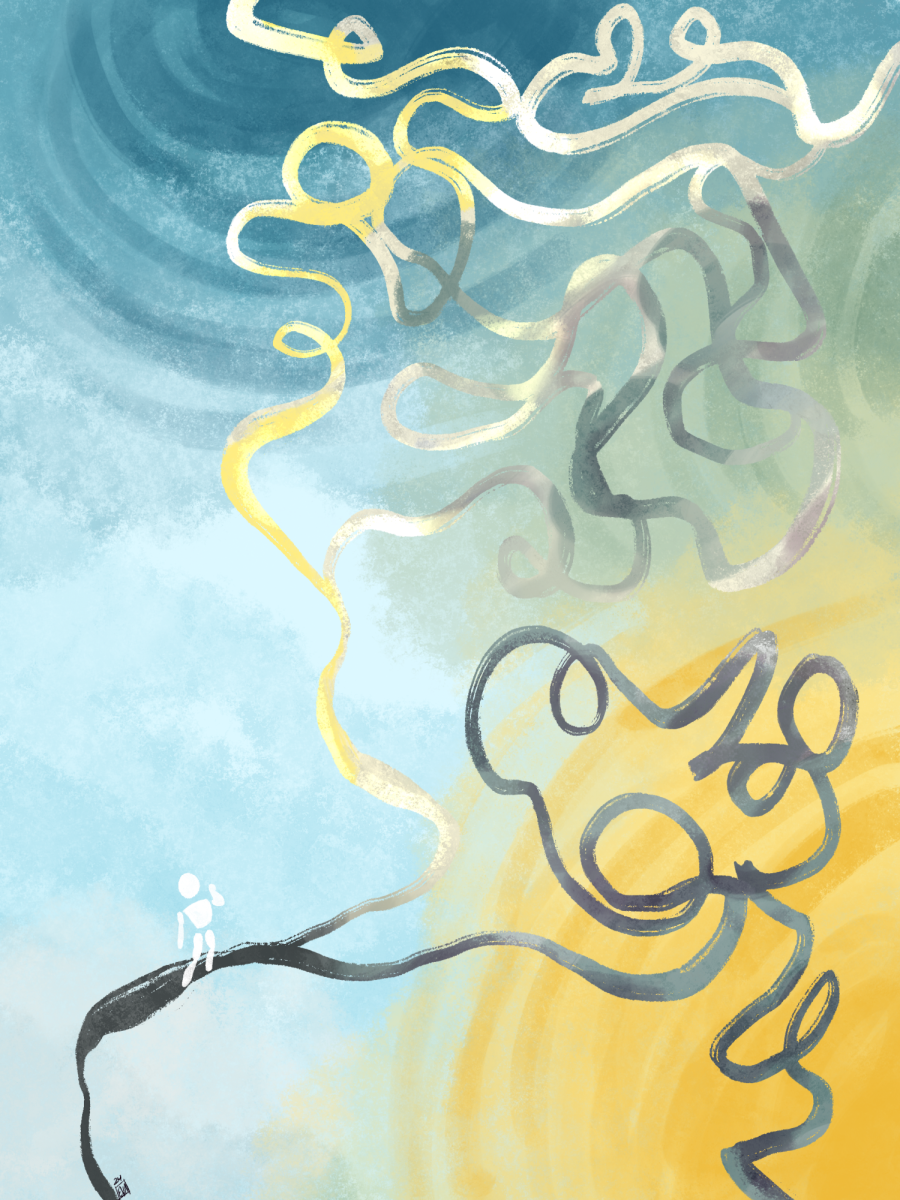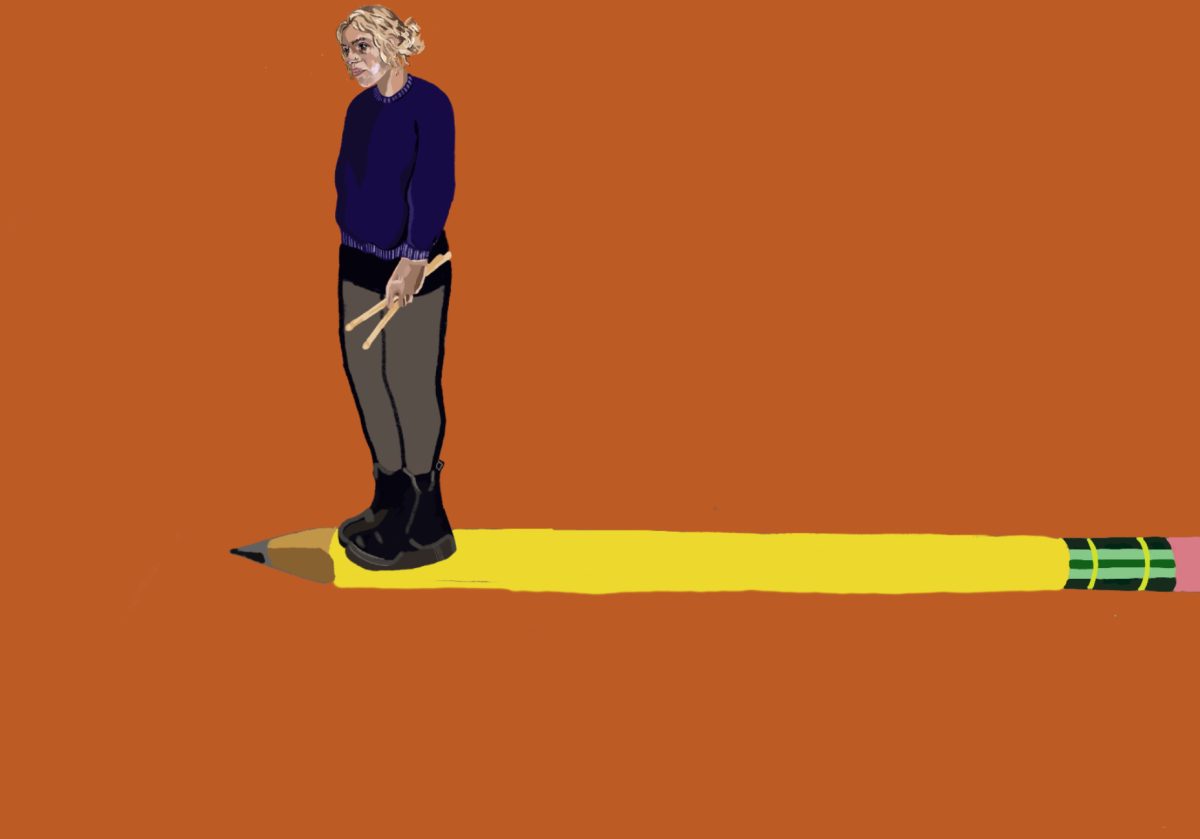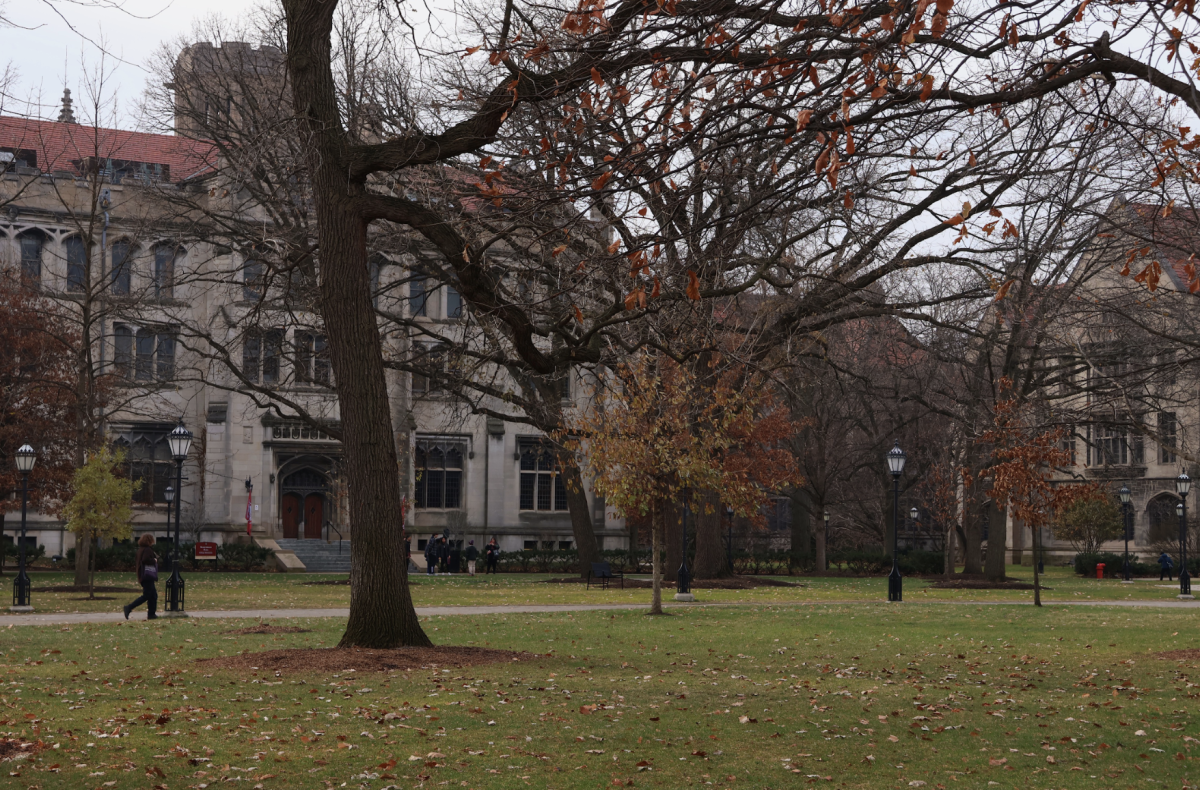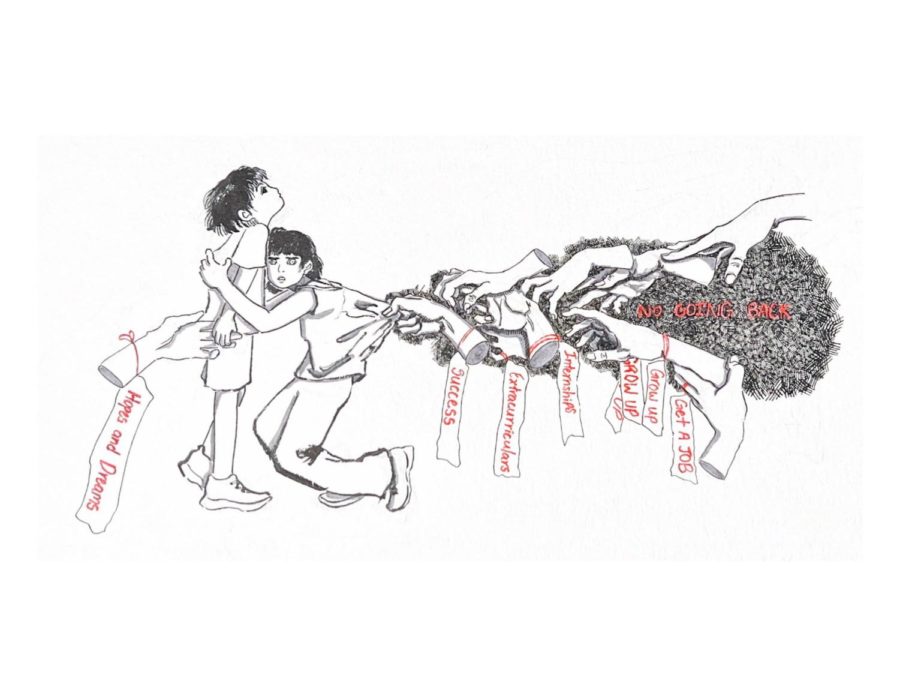I intend on going to the SASA show this Saturday. I know what to expect. There’ll be a dinner. It’ll be OK, maybe even good. Then I’ll sit and watch about 10 dances with most of the performers featuring multiple times. A nominal narrative will probably run through the show to break the monotony of the dancing. The actors are likely to be the show’s organizers. The narrative won’t go anywhere but I doubt this is meant to be a satirical nod at Bollywood movies. The dances themselves will be amateurish but enthusiastic and I anticipate a lot of applause at the show’s end because the audience is composed of friends and well-wishers. That’s been the formula for the past three SASA shows and, judging from the promotional materials, this one will be no different. The show is a bit of fun, there to add some spice to our return to campus, and really there’s nothing wrong with that. If they’d just change the name of their show to “Some Indian Dances,” I’d leave them alone.
The show is billed as the “South Asian Students Association Cultural Show” and it’s my opinion that it’s neither representative of South Asia nor cultural in any meaningful sense. What we’re left with is a “Students Association Show,” and that’s closer to the truth. The show’s two noteworthy performances come from the Bhangra and Raas RSOs. These student organizations get an opportunity to perform for an audience. That’s wonderful for them, but the rest of the performances are poorly put together affairs that prompt chuckles rather than whoops.
South Asian cultural shows often end up as “India shows” since India ends up being disproportionately represented. It’s true that Indians are disproportionately represented at the University—we don’t have many students from Bhutan or the Maldives. Yet influences from Pakistan, Sri Lanka, and Bangladesh, populous countries with their own distinct culture and a presence in the student body, hardly feature in the show.
The diversity is weak even within the context of India. Aside from one Tamil performance (which is usually parodic), the rest of the show is dominated by North Indian dances. Furthermore, aside from one Bharatanatyam or Kathak (forms of Indian classical dance) performance, the rest of the show consists of the Bollywood-inspired numbers. Demographically speaking, the tendency for Indians to dominate cannot be helped. Yet the show shouldn’t purport to represent the entirety of South Asia if it can’t even do justice to the regional diversity of India. When it comes to proper representation, SASA seems to be an ineffective student organization. Last quarter, Erendro Leichombam, the founder of the Manipur International Center (an NGO that promotes human rights and socioeconomic development in India), gave a talk about the oppression faced by the various peoples of Northeast India. SASA didn’t promote the talk, although one would imagine it falls directly under its purview.
My biggest gripe with SASA is that it promotes “South Asian Culture” through a culturally bankrupt medium: Bollywood. Indian commercial cinema is often the first contact that Americans have with South Asia and it’s a poor cultural ambassador replete with cheesy, classist love stories. However, instead of combating the erroneous notions propounded by these films, SASA panders to them. Last year, its show was wedding-themed—as if the world needed to once again be reminded of the fact that Indians have big weddings.
SASA apologists will say that I’m exaggerating Bollywood’s influence in their show, but even their deviations fit within the meta-Bollywood structure. SASA shows typically begin with a traditional invocation—the intent of this being to sanctify the show’s parodic nature with a culturally sensitive gesture. Bollywood’s Dharma Productions, headed by India’s biggest purveyor of rehashed plotlines, Karan Johar, also begins each production with an invocation. SASA’s occasional departures from commercial cinematic themes may be intended to promote diversity, but only end up casting Bollywood as South Asia’s dominant form of cultural expression.
The trailer to this year’s show really bemused me. In it, each of the show’s dance genres is presented, with each performer sporting the head of a cartoon elephant. It’s unclear what this means. Perhaps it’s a reference to the Hindu god Ganesha, who is elephant-headed, but if that’s the case the mythology at work is poor since Ganesha has a broken tusk and is a lot more dignified than the elephant the trailer is advertising. I’m not one to direct invective at the subversive usage of a religious symbol but this trailer seems brutally nonchalant. Or perhaps the organizers are just going with the tenuous image association of India with elephants—though, for the sake of their intelligence, I hope not.
The unexplained combination of an elephant’s head and some dance moves is SASA’s summation of one of the world’s most fascinating regions. It’s a quick and untidy reference to the region’s history and culture that somehow allows SASA to put up a series of homages to Bollywood. I’ll go to the show, but I don’t expect to see much of South Asia or experience its culture beyond a traditional dish or two.
Raghav Rao is a fourth-year in the College majoring in English.








